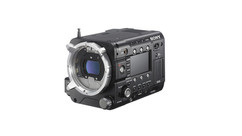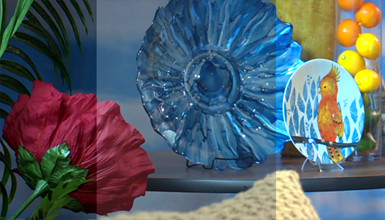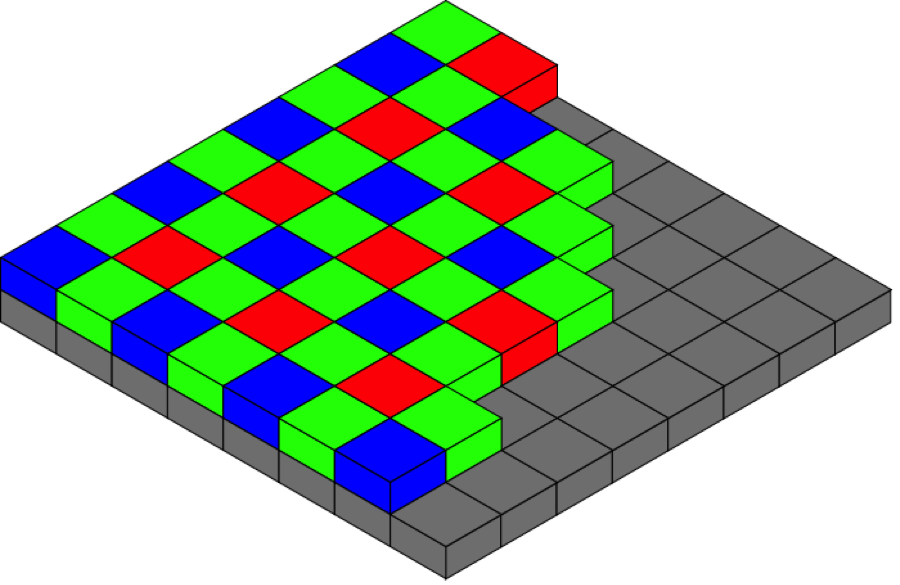
CFA
The Color Filter Array (CFA) describes the physical mask laid over the top of the sensor which allows it to perceive color information. Basically, a sensor is a brightness-gathering device that does not know color. It is, in essence, a group of light sensitive buckets, each of which generates an electrical charge based on the intensity of light that strikes it. By using filters that allow only red, green, or blue light to pass through, a checkerboard of color information can be gathered which can then be interpolated to a full-color image. The most common pattern for this mask is a Bayer Pattern (named after Dr. Bryce Bayer, the Kodak scientist who invented and patented it). Both the F5 and the F55 use Bayer Pattern CFAs, however the color dyes used to make the filter are different. The precise coloring of the dyes utilized helps define the range of colors the sensor can capture. So why design two different CFAs, and what defines these color ranges? Let's briefly define some terms.
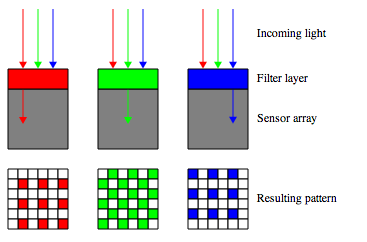
Each color dye only allows light from the same part of the spectrum pass to the photosite on the sensor. To create a full color image, information is computed from the surrounding photosites, which are filtered by different color dyes."
Chromaticity
A technical specification of color, based on hue and saturation. It references the relationship between red, green and blue in a three-dimensional space without regard to intensity.
Visible Light
The range of color human vision can perceive. Compute all possible combinations of the factors that make up Chromaticity and you've defined the spectrum of Visible Light. The first defined measure of this range was created in 1931 by the International Commission on Illumination, and is known as CIE 1931. Plotted as a two-dimensional graph (see below), CIE 1931 takes on a triangular "hump" shape with the largest area devoted to the green range of the spectrum, which is where the human brain can define the greatest delineation.
Color Gamut: While man has successfully defined the range of Visible Light, we cannot yet reproduce it. Whether in printed inks, chemical dyes, electrically-stimulated phosphors, lasers, etc., we have so far only been able to reproduce subsets of the full Visible Light spectrum. A Color Gamut defines the range of this subset. Different technologies are capable of gathering different Color Gamuts and other technologies are capable of reproducing different Color Gamuts. Charted as an overlay to CIE 1931, a system's Color Gamut is represented as a triangle within the chart area. A device's Color Gamut is also commonly referred to as its Color Space.
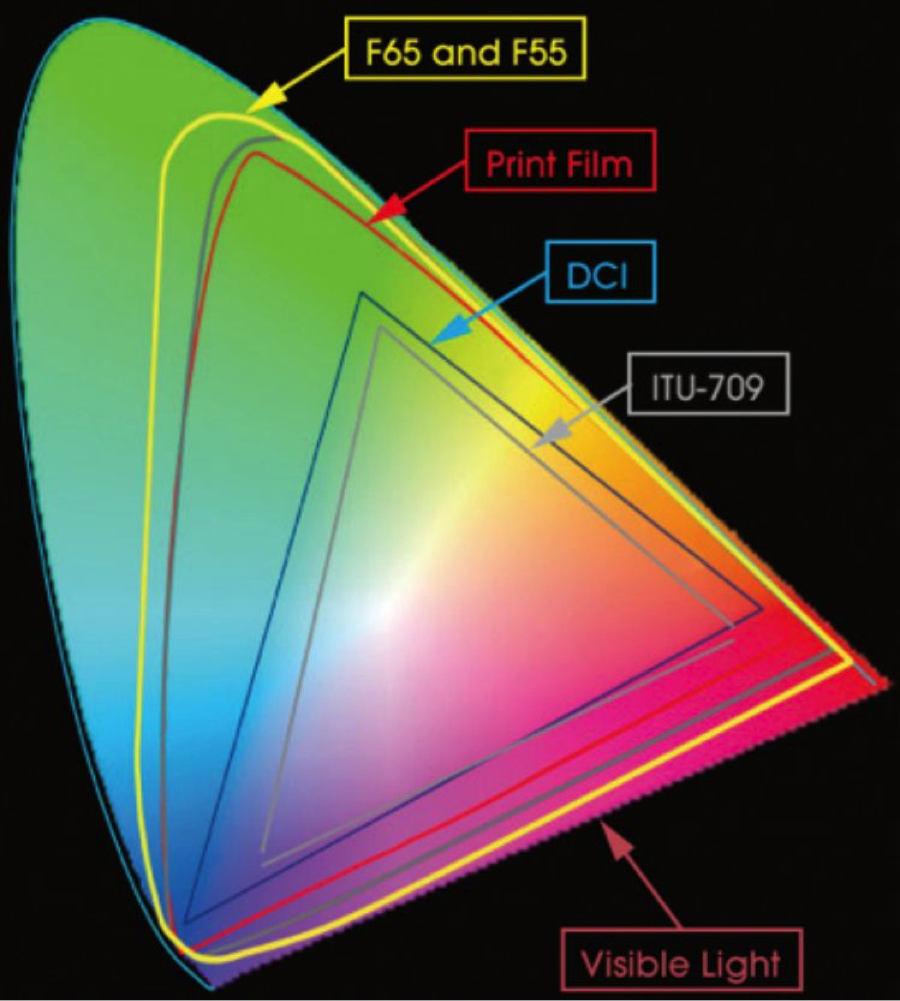
The F5 CFA uses dyes for a standard REC709 (ITU-709) broadcast Color Space. The F55 CFA uses dyes for an extended Color Gamut beyond what broadcast monitors can reproduce. In fact, Sony lays claim to the greatest-ranging CFA in existence, with a Color Space beyond the range of any other technology, even film. This extended Color Gamut is what is shared between the F55 and the F65.
Why not make the CFA on the F55 standard for all sensors? The two cameras are for different uses and are aimed at different markets, but this is not a matter of Sony "crippling" a less expensive model camera but instead better defining it. Too much Color Space from a sensor is not a good thing. It means that the camera's data stream is wasting processing and information space on colors that will never be reproduced. The primary use for the F5 camera is for broadcast work to be screened on LCD and OLED monitors. If the sensor's CFA is more closely aligned to the Color Gamut of these output platforms, then the energies of the camera's processing and codecs go towards accurately reproducing the image for the intended medium.
The F55, on the other hand, is designed as a camera for Digital Cinema work. The goal is to not have the camera be the limiting factor so that current and future display mediums will best be served by the camera's capabilities. If you only ever intend to go to current broadcast standards with your images, then the CFA on the sensor of the F5 may be all that you need. But if your work may go on to other presentation formats, then the F55 Wide-Gamut CFA may be more appropriate.
Additionally, the sensors themselves are different on the F5 v. the F55. On the F5, it is a CMOS Rolling Shutter, which means that it does not need a driver (circuit to read photosite saturation and send this information to the camera's signal processor) on every individual photosite, leaving more physical area for light gathering (aka a higher Fill Factor). This is why the F5 sensor is rated at 2000 ISO. The sensor on the F55 is a CMOS Global Shutter, which requires a driver at every single photosite. The driver takes up some of the space that would be devoted to gathering light, lowering the Fill Factor so that the sensor is now rated at 1250 ISO.















